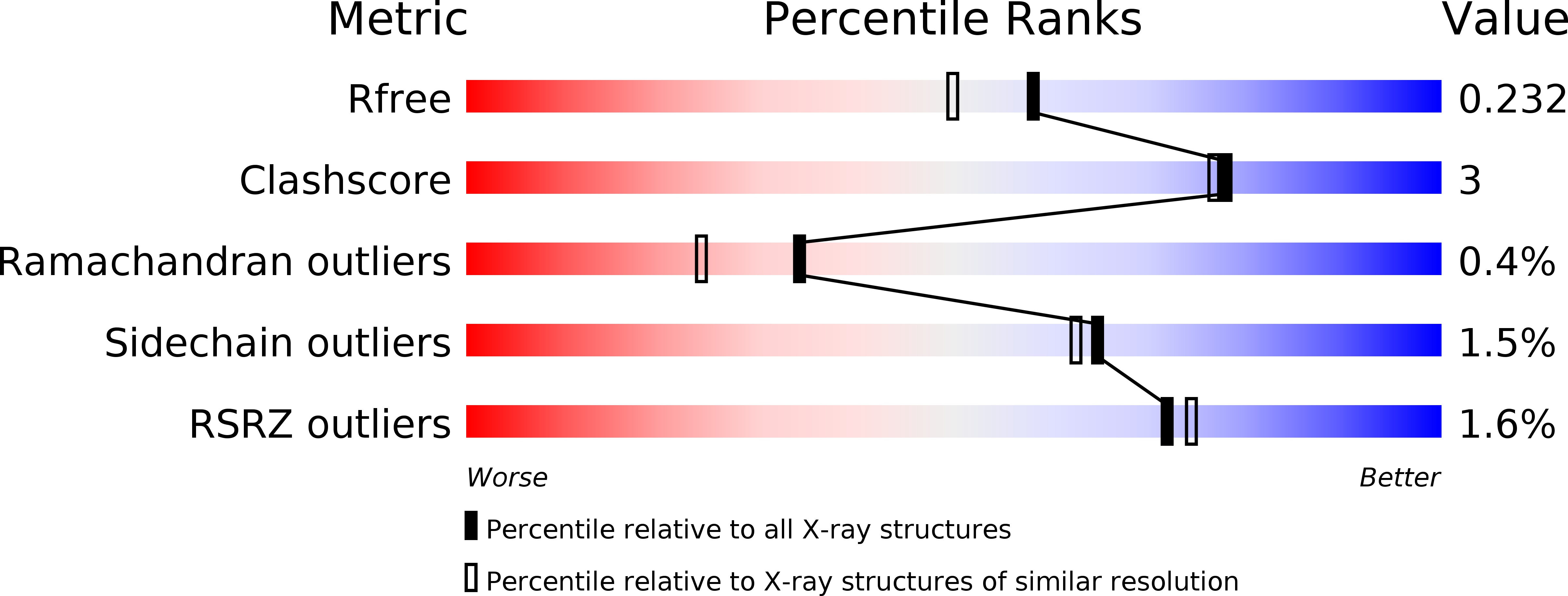
Deposition Date
2015-03-04
Release Date
2015-08-26
Last Version Date
2023-11-15
Entry Detail
Biological Source:
Source Organism:
Aerococcus viridans (Taxon ID: 1377)
Host Organism:
Method Details:
Experimental Method:
Resolution:
1.90 Å
R-Value Free:
0.22
R-Value Work:
0.18
R-Value Observed:
0.18
Space Group:
C 1 2 1


